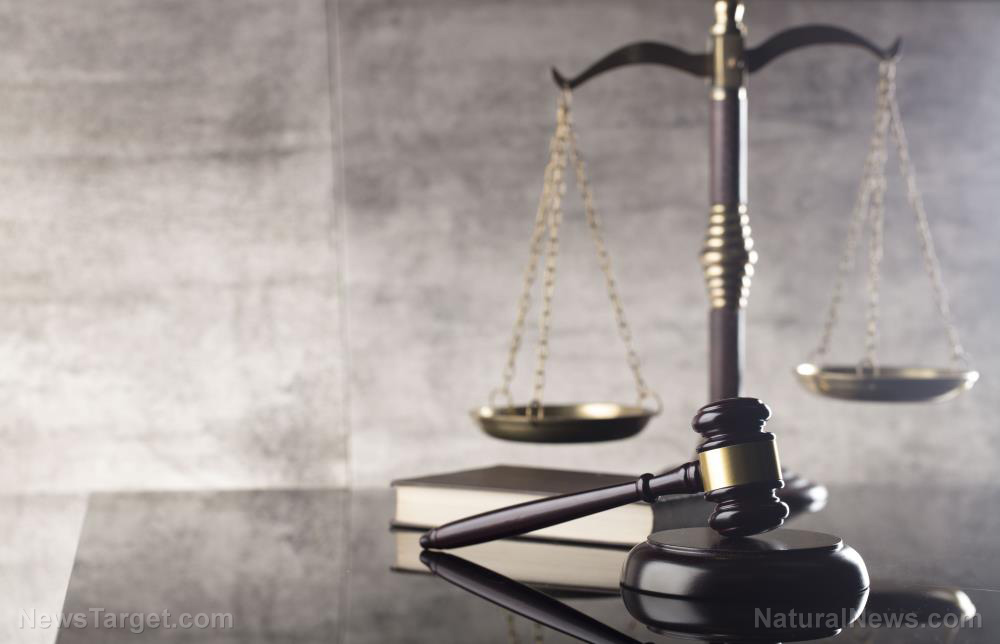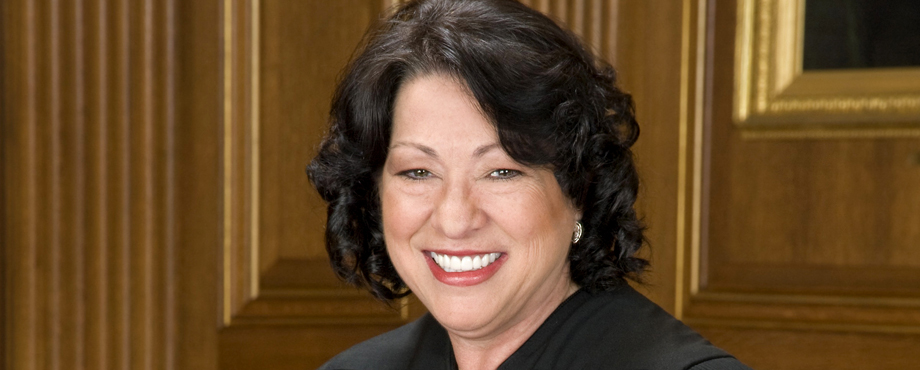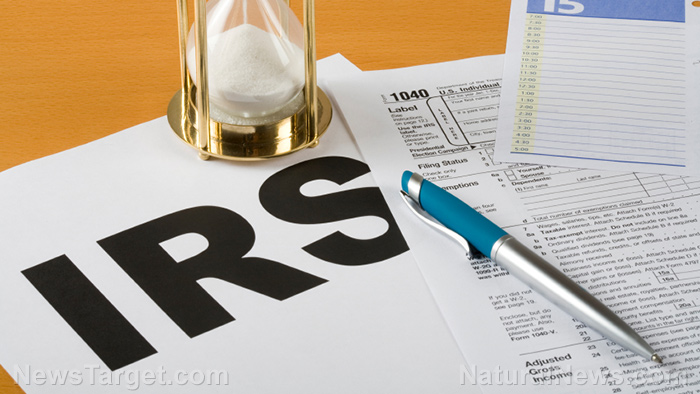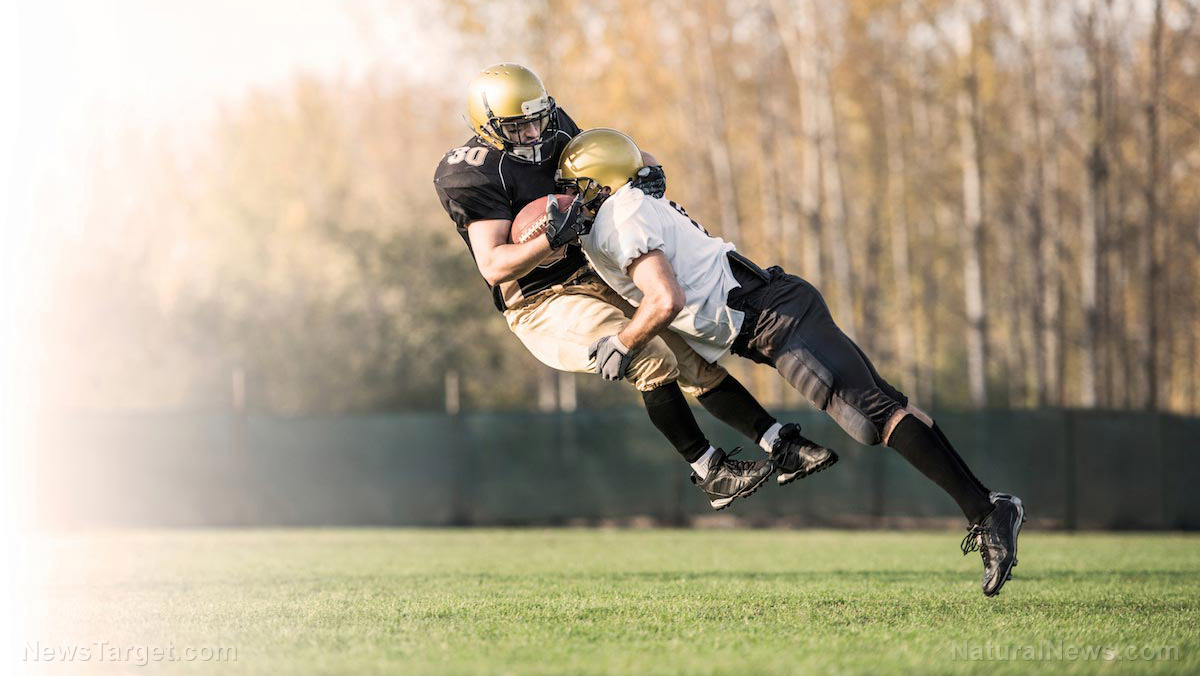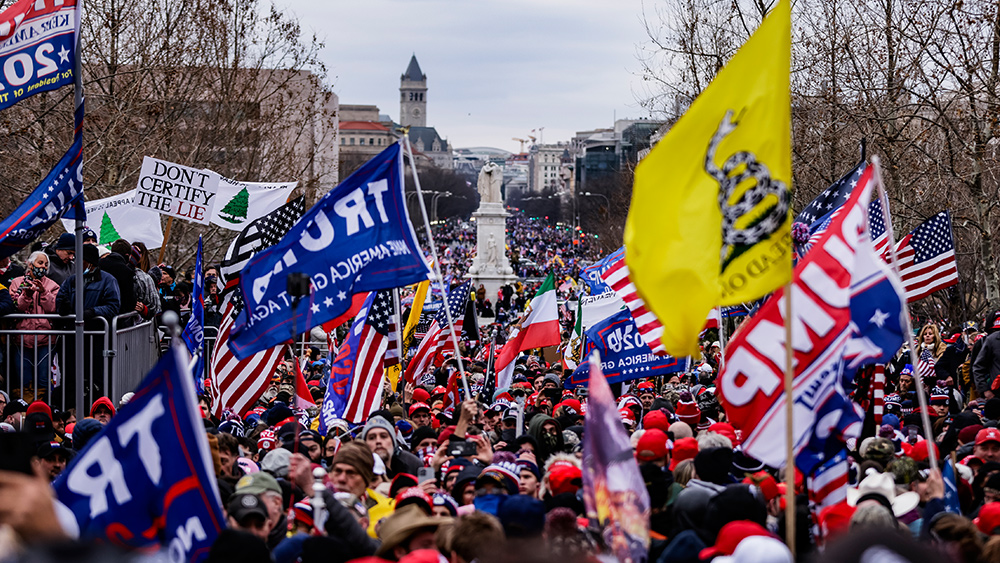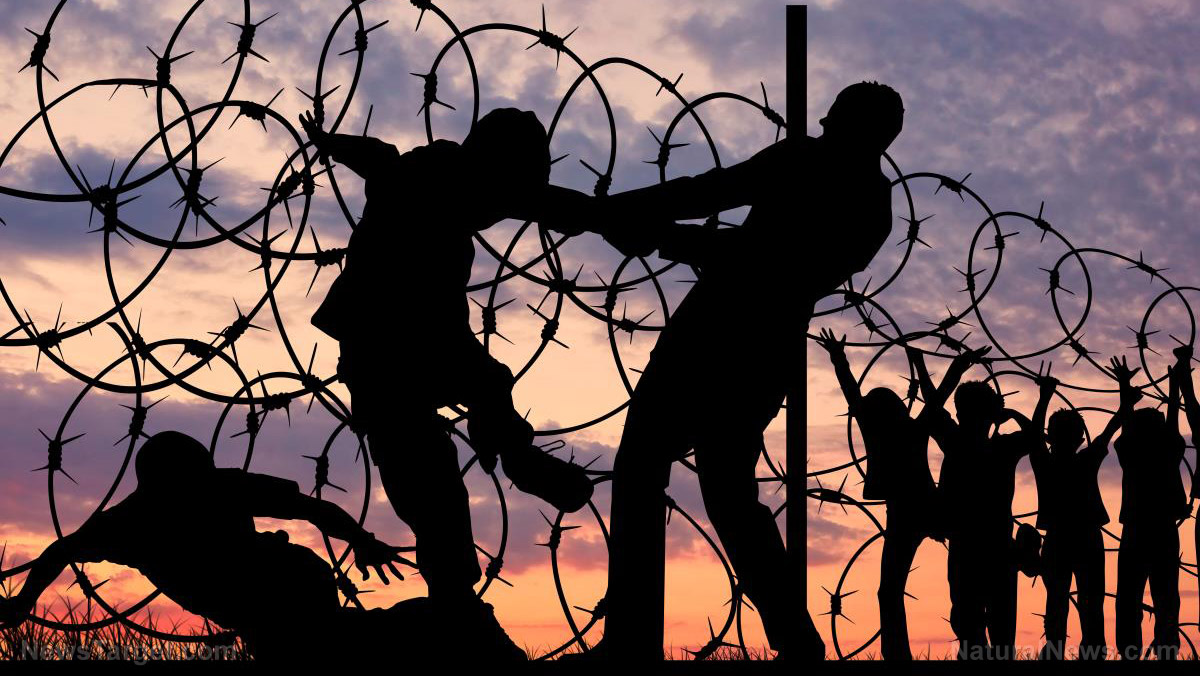Is it time for Trump to invoke the Insurrection Act?
12/15/2020 / By Ethan Huff
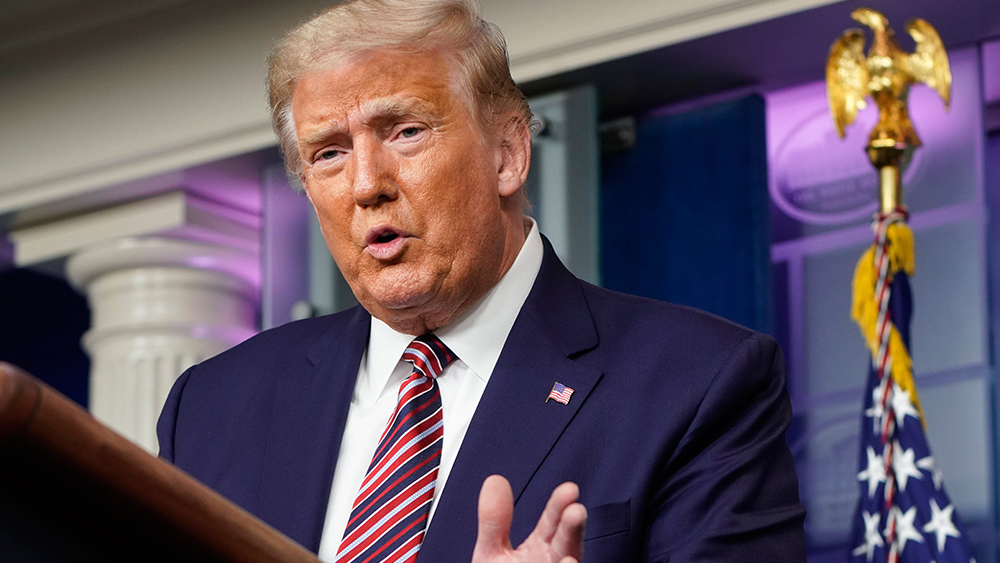
With the Supreme Court thus far refusing to cooperate with legal efforts to remedy fraud in the 2020 election, many Americans are now calling on President Donald Trump to invoke the Insurrection Act.
Enacted in 1807 by then-President Thomas Jefferson, the Insurrection Act was brought to bear in response to Revolutionary War hero Aaron Burr’s attempt to establish his own dynasty in what was then known as the Louisiana Territory.
In essence, the Act empowers the president of the United States to suppress civil disorder, insurrection, and / or rebellion by deploying the military and federalized National Guard troops to wherever they are needed to protect and preserve the Republic.
The Act provisions that whenever the president identifies “obstructions, combinations, or assemblages, or rebellion against the authority of the United States,” making it “impracticable to enforce the laws of the United States in any State by the ordinary course of judicial proceedings,” he is allowed to respond with force, if necessary.
While the military generally does not function on American soil, as nobody wants to see our own troops engaging in violence against citizens, there are situations where such force is warranted, which begs the question: Is this one of those times?
It will all come down to what ultimately happens with the cases filed by Team Trump that aim to rectify the current situation without having to invoke the Insurrection Act.
To be clear, if Trump invoked the Insurrection Act, this would not be a declaration of martial law. The Constitution would not be suspended, and neither would habeas corpus. All that would take place is that federalized troops would be used to help enforce, not override, the law.
More related news about the fraudulent 2020 election can be found at Trump.news.
Numerous “badges of fraud” in 2020 election warrant military intervention
To understand why some argue that invoking the Insurrection Act is warranted, consider the following “badges of fraud,” or examples of proof, that Democrats and other subverters are trying to steal the election for Joe Biden.
Shortly after midnight following the election, Trump was leading in Arizona, Georgia, Michigan, Nevada, Pennsylvania, and Wisconsin. Several hours later, however, all six of these battleground states mysteriously flipped for Biden.
This “blue-shift” only occurred in these six swing states, it is important to emphasize. Such “spikes” occurred nowhere else, suggesting that the fraud was focused specifically on these states for the purpose of ensuring a Biden “win.”
Meanwhile, Biden performed poorly everywhere else where him winning did not matter. The key swing states, conveniently, were the only places where Biden suddenly and miraculously surged in votes during the early morning hours following the election.
Biden also lost 18 of America’s 19 “bellwether” counties, meaning those counties that have an otherwise perfect record of voting for the election winner since 1980. Trump won almost all of them, and yet somehow still supposedly “lost” the election to Biden, according to the mainstream media.
Trump also performed better in 2020 than in 2016, which based on historical trends suggests that he should have won a second term.
“No incumbent president in U.S. history has ever improved his original performance that much and lost,” writes Stephen B. Meister for The Epoch Times. “For example, Obama garnered 3.5 million fewer votes in 2012, yet won a second term.”
There are additional mountains of proof that show that voter fraud was widespread in the 2020 election. There was universal mail-in voting with dramatically eased restrictions, for example, along with many other “irregularities.”
“… invoking the Insurrection Act would serve as a test to the power of the state legislatures under the Electors Clause and, therefore, could – even if it were overturned by SCOTUS – prove instrumental in unstealing the 2020 election,” Meister concludes.
Sources for this article include:
Submit a correction >>
Tagged Under:
Donald Trump, election fraud, insurrection, insurrection act, National Guard, President Trump, Risks, Trump, unlawful obstructions, uprising, White House
This article may contain statements that reflect the opinion of the author







